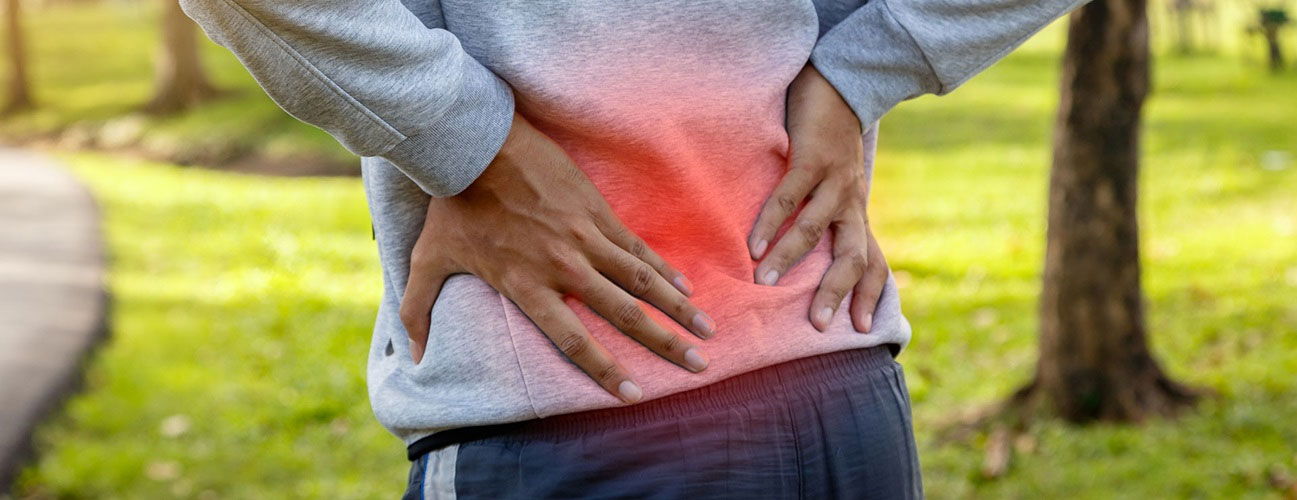
Lower back pain (LBP) is not a condition. Instead, it’s a symptom that indicates the presence of an underlying injury or illness. The lower back or lumbar spine is made up of five vertebrae as well as the supporting muscles and ligaments and intervertebral discs. Facet joints, or hinge-like structures, link the lumbar spine together, allowing it to bend and move.
The lower back bears most of your body’s weight. While the vertebrae in this region are larger, they endure a lot of stress, lifting and movement throughout the years. Because of this, the lumbar spine is more prone to injury than other areas of the back. As you get older, gradual wear and tear can affect the lumbar spine’s many components, especially the facet joints and the rubbery discs between the vertebrae. Injury or simply age-related or work-related degeneration can cause or contribute to low back pain.
There are several potential causes of low back pain, including:
The treatment for low back pain depends on its cause and severity. In many cases, conservative treatments such as rest, physical therapy, pain medications, and lifestyle modifications can provide relief. For more severe or persistent cases, other interventions like epidural steroid injections or surgery may be necessary.
Lower back pain can be described in many ways — sharp, dull and constant, achy, burning or shooting. It may also travel to your buttocks, legs, knees and feet.
Many of the conditions or injuries that cause low back pain are accompanied by other symptoms, including:

Copyright © Dr. Om Patil. All Rights Reserved.